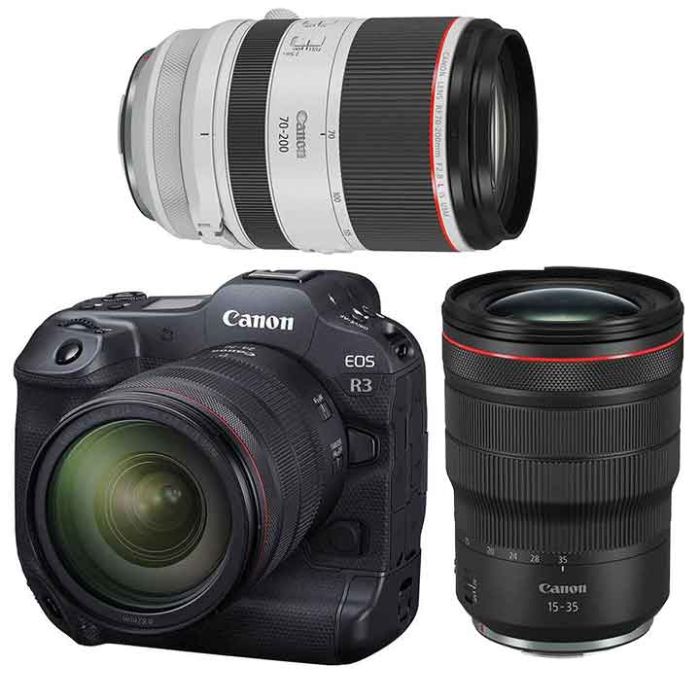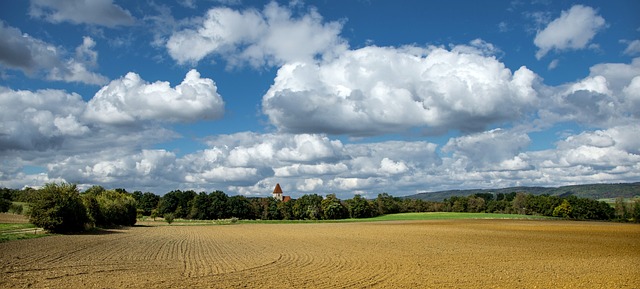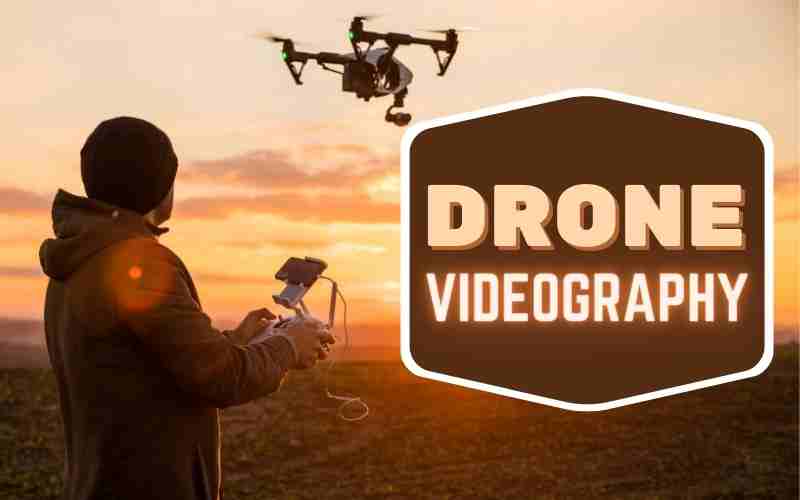Statistics show that 99% of property buyers form their first impressions on online platforms such as social media, websites, and YouTube. High-quality photography is no longer a luxury for land listings—it’s necessary. That’s why you should master photography techniques for land listings.
With captivating images, you can transform a flat piece of land into a canvas brimming with possibility. Studies show that listings with high-quality photos receive 118% more views and sell 32% faster than those with poor visuals.
In this blog, I will show you top photography techniques for land listings that can help you sell faster than others.
We offer drone photography services and we can cover your land on a high-quality aerial photo to showcase its surroundings. You can enquire about the services with us.
Prepping the Land for its Photography

Before you reach for your camera, a little pre-production goes a long way. You should ensure that your land is fit for photography.
- Clean up and stage
Before going for the photography techniques for land listings, you should first remove any debris, overgrown brush, or unsightly objects. This will make the land look clean and well-cared for.
Furthermore, depending on location, you can strategically place elements like benches or picnic blankets to showcase potential uses of the space.
- Highlight unique features
Does the land boast a mesmerizing mountain view, a babbling brook, or mature trees? You should identify these unique selling points to your photographer.
They will ensure they take center stage in your photos. To attract potential clients based on the features.
- Consider seasonal beauty
The rainy season usually has vibrant greens that attract potential buyers. Therefore, you should choose the time of year that best complements the land’s natural beauty.
Photography Techniques for Land Listings
1. Lighting Up the Landscape

Natural light is your best friend in land photography. Therefore, you should aim to shoot during the “golden hour” – the first hour after sunrise or the last hour before sunset.
This diffused light creates a warm glow, enhancing the natural colors and textures of the land. For land photography, avoid the harsh midday sun, which can cast unflattering shadows and create an overly bright scene.
2. Composition is key

One of the photography techniques for land listings is utilizing wide-angle lenses to capture the vastness of the property. These lenses create a sense of spaciousness, allowing potential buyers to envision their dream home nestled comfortably on the land.
In addition, you should draw the viewer’s eye into the frame using leading lines, such as a winding path, a fence line, or a row of trees. This technique creates a sense of depth and guides the viewer’s exploration of the land.
You can also include interesting foreground elements like wildflowers, rocks, or a rustic gate. This adds depth and context to the image, giving viewers a sense of scale and dimension.
While capturing the expansive views is essential, don’t neglect close-up shots of unique features. A close-up of a vibrant wildflower patch or a trickling stream adds visual interest and showcases the land’s natural beauty.
3. Include Aerial Photography

Drone photography has become a game-changer in land real estate. Aerial shots provide a bird’s-eye view, giving potential buyers a clear understanding of the property’s layout, size, and surrounding features.
With drone photography, potential buyers can see property lines, access points, and how the land integrates with the neighborhood.
However, drone usage comes with regulations, so ensure you’re familiar with and adhere to local laws before incorporating aerial shots. Alternatively, you can contact us for professional drone photography for your land listing.
4. Enhance your photos with pro editing

While editing software can add a final touch of polish, avoid overdoing it. The goal is to enhance the land’s natural beauty, not create a fictionalized landscape.
You can subtly adjust lighting, exposure, and color balance to create a more visually appealing image.
5. Optimizing your online presence

Once you have a collection of stunning photographs, you should ensure to showcase them effectively on online platforms. You should use high-resolution images for your online listings. This ensures clarity and allows potential buyers to zoom in and explore details.
In addition, you should include a diverse range of photos capturing different aspects of the land. For example, you can offer a mix of wide-angle shots, aerial views, and close-up details to provide a comprehensive visual experience.
Finally, remember that first impressions matter. Therefore, choose your strongest image for the primary listing photo. This image will grab attention and entice buyers to look deeper into your post.
6. You can consider 360° tours

One of the most spreading photography techniques for land listings is 360° tours. You can now take your presentation to the next level with a 360° virtual tour. This interactive experience allows potential buyers to explore the land virtually, getting a realistic feel for the space and its surroundings.
Investing in Professional Help

With adequate practice, you can easily master the above photography techniques for land listings. However, hiring a professional real estate photographer is a worthwhile investment.
Professional photographers have the expertise to capture stunning images that showcase the land’s true potential. As a result, this leads to faster sales and a higher selling price.
At Skyscope Media, we can help you achieve your dream photography for your land listings. The good thing is we have highly qualified photographers and drone pilots to bring your space to life.
Photography Techniques for Land Listings: Best Practices

- Be transparent
Always disclose any editing techniques used to ensure potential buyers have a realistic understanding of the property.
- Target your audience
You should tailor your photos to the specific buyer demographic you’re targeting. For example, families with young children might appreciate photos highlighting space for play areas, while retirees might be drawn to images showcasing peaceful natural surroundings.
- Drone photography safety
If you choose to use a drone, prioritize safety. You should familiarize yourself with Kenya Civil Aviation Authority (KCAA) regulations and fly only in designated areas.
- Leverage Social Media
We cannot undermine the power of social media, not yet! Therefore, you should share photos of your stunning land listing on Instagram and Facebook.
In addition, ensure you utilize geotags and relevant hashtags to increase discoverability and reach a wider audience of potential buyers.
Photography Techniques for Land Listings: Final Thoughts
High-quality photography is an essential tool for land sellers in the competitive land real estate market. Therefore, if you implement these techniques, you’ll be well on your way to securing a successful sale.
With captivating visuals, you’ll capture the imagination of potential buyers and help them envision their dream life unfolding on your property.
So, it’s time to take your land listing right to the eyes of potential buyers with high-quality photography. Don’t forget to embrace the beauty of natural light, and get ready to watch your land listings shine!
Alternatively, save the hassle and let a professional handle your land listing photography with top-not equipment.
Photography Techniques for Land Listings: FAQs
- What camera equipment do I need to take good land listing photos?
While a high-quality DSLR camera with a wide-angle lens is ideal, you can capture stunning images with a good mirrorless camera or even a high-end smartphone. The most important aspect is understanding the fundamentals of photography and composition.
- How much does it cost to hire a professional real estate photographer?
Photography rates vary depending on your land location, the photographer’s experience, and the number of photos you need. However, you can expect to pay anywhere from several hundred to a thousand dollars or more for a professional shoot.
- Are there any legal considerations when using drone photography for land listings?
Absolutely. Kenya Civil Aviation Authority (KCAA) regulates drone usage in Kenya. Here are some key points to remember:
- Register your drone with the KCAA if it weighs over 0.55 lbs (250 grams).
- Always fly within designated areas and keep safe from people and structures.
- Be aware of airspace restrictions, particularly near airports.
- What editing software is best for land listing photos?
There are many popular photo editing software options available, such as Adobe Lightroom or Photoshop. However, free editing tools such as GIMP can help with basic adjustments like brightness, contrast, and color balance. The key is to use editing tools subtly to enhance the natural beauty of the land.
- Where can I find more resources on real estate photography?
Numerous online resources offer tutorials and tips on real estate photography. Additionally, professional photographer associations often have workshops or courses specifically geared toward real estate photography.



1 Comment